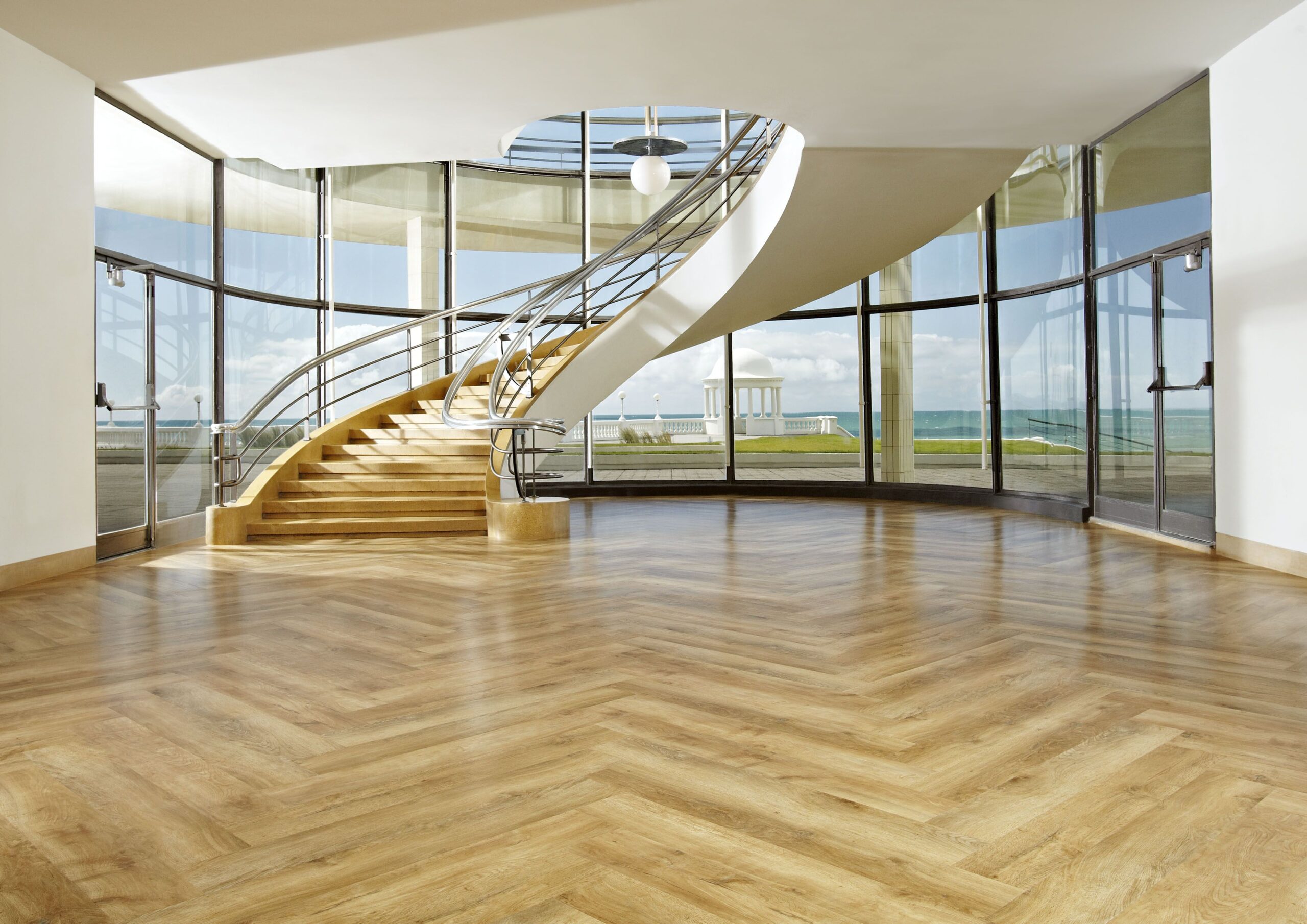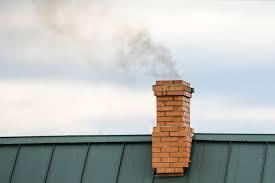The Environmental Impact of Parquet Flooring Choices

Choosing parquet flooring involves more than just aesthetics and durability; it also has significant environmental implications. Understanding the environmental impact of parquet flooring can help homeowners make more sustainable choices that contribute to the health of the planet. This article explores the various aspects of parquet flooring’s environmental impact, including material sourcing, manufacturing processes, installation, maintenance, and end-of-life disposal.
Material Sourcing
The environmental impact of Dubai parquet flooring begins with the sourcing of raw materials. Traditional parquet flooring is made from hardwoods such as oak, walnut, and maple. These woods are often harvested from old-growth forests, which can lead to deforestation, habitat destruction, and loss of biodiversity. Sustainable sourcing practices are crucial in mitigating these impacts.
Sustainable Forestry Practices
To reduce the environmental footprint, it’s important to choose parquet flooring made from wood that is certified by organizations like the Forest Stewardship Council (FSC) or the Programme for the Endorsement of Forest Certification (PEFC). These certifications ensure that the wood is sourced from responsibly managed forests that promote biodiversity, prevent overharvesting, and support the livelihoods of local communities.
Alternative Materials
Another way to reduce environmental impact is by opting for parquet flooring made from alternative materials such as bamboo or cork. Bamboo, for instance, is a fast-growing grass that can be harvested in a sustainable manner. Cork is harvested from the bark of cork oak trees without harming the tree, allowing it to regenerate naturally. Both materials offer durability and aesthetic appeal similar to traditional hardwoods but with a lower environmental footprint.
Manufacturing Processes
The manufacturing process of parquet flooring also contributes to its environmental impact. This process involves cutting, treating, and finishing the wood, all of which can generate significant waste and emissions.
Energy Consumption
The energy required to manufacture parquet flooring varies depending on the type of wood and the complexity of the design. Energy-intensive processes can contribute to higher greenhouse gas emissions. Manufacturers that use renewable energy sources or implement energy-efficient practices can significantly reduce their carbon footprint.
Chemical Use
The treatment and finishing of parquet flooring often involve chemicals, including adhesives, stains, and sealants. These chemicals can release volatile organic compounds (VOCs) into the air, contributing to indoor air pollution and environmental harm. Choosing parquet flooring that uses low-VOC or non-toxic finishes can help mitigate these impacts.
Waste Management
Efficient waste management practices during manufacturing can also reduce environmental impact. This includes recycling wood offcuts and sawdust, reusing materials, and minimizing waste generation. Some manufacturers adopt a zero-waste policy, ensuring that all by-products are repurposed or recycled.
Installation
The installation of parquet flooring involves several materials and processes that can impact the environment.
Adhesives and Underlayment’s
The type of adhesive and underlayment used in the installation process can affect the environmental footprint. Traditional adhesives often contain high levels of VOCs, which can contribute to air pollution and health issues. Opting for low-VOC or water-based adhesives can reduce these negative impacts. Additionally, choosing underlayments made from recycled or natural materials can further enhance the sustainability of the installation.
Installation Methods
Floating installation methods, which do not require adhesives or nails, can be a more environmentally friendly option. These methods typically involve click-lock systems that allow the flooring to be installed without the need for additional materials. This not only reduces the use of potentially harmful substances but also makes the flooring easier to remove and recycle at the end of its life.
Maintenance and Longevity
The maintenance and longevity of parquet flooring are important factors in its overall environmental impact. Durable flooring that requires minimal maintenance and lasts for many years is more sustainable than flooring that needs frequent replacement.
Durability
High-quality parquet flooring can last for decades, reducing the need for frequent replacements. Choosing durable materials and ensuring proper installation can extend the lifespan of the flooring, thereby minimizing waste and resource consumption over time.
Maintenance
Maintaining parquet flooring typically involves regular cleaning and occasional refinishing. Using environmentally friendly cleaning products and methods can reduce the environmental impact. For example, avoiding harsh chemicals and opting for natural or biodegradable cleaners can protect indoor air quality and reduce pollution.
End-of-Life Disposal
The disposal of parquet flooring at the end of its life cycle can have significant environmental implications. Flooring that ends up in landfills can contribute to waste and pollution. Sustainable disposal options include recycling, repurposing, and composting.
Recycling
Many types of parquet flooring can be recycled, either as whole pieces or by breaking them down into smaller components. Wood flooring can be repurposed for other building projects, turned into mulch or biomass, or even used in the production of new flooring.
Repurposing
Repurposing old parquet flooring for new uses, such as furniture, art, or decorative items, can extend its life and reduce waste. This approach not only minimizes environmental impact but also adds value by giving the material a new purpose.
Composting
For parquet flooring made from natural and untreated materials, composting can be a viable disposal option. Wood can decompose naturally and return nutrients to the soil, provided it has not been treated with harmful chemicals.
Conclusion
The environmental impact of their choices encompasses the entire life cycle of the product, from material sourcing to end-of-life disposal. By considering sustainable practices at each stage, homeowners can make more eco-friendly decisions that contribute to the health of the planet. Opting for responsibly sourced materials, energy-efficient manufacturing processes, low-impact installation methods, and sustainable maintenance and disposal practices can significantly reduce the environmental footprint of parquet flooring. In doing so, we can enjoy the beauty and durability of parquet flooring while supporting a more sustainable and environmentally conscious approach to home design.







